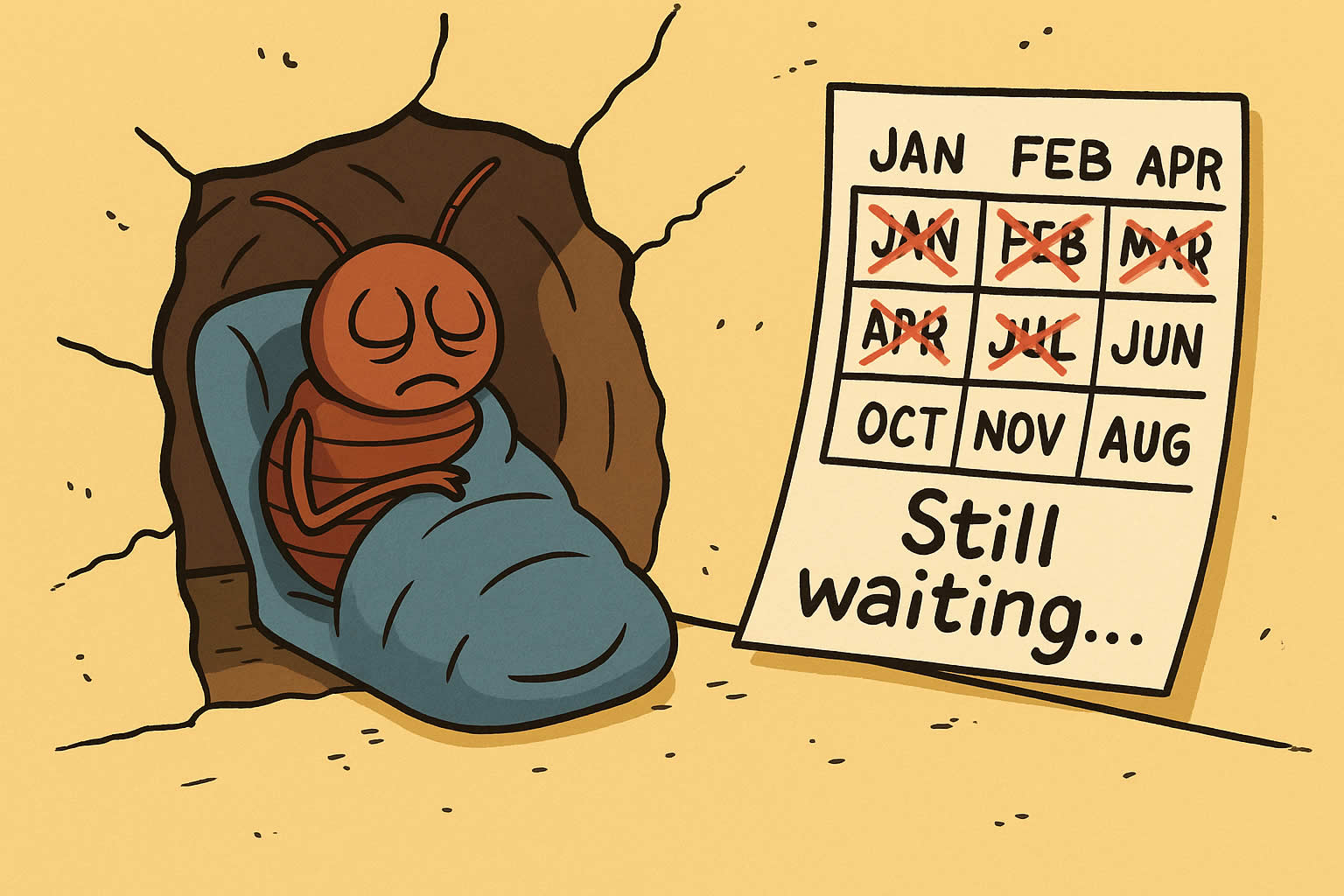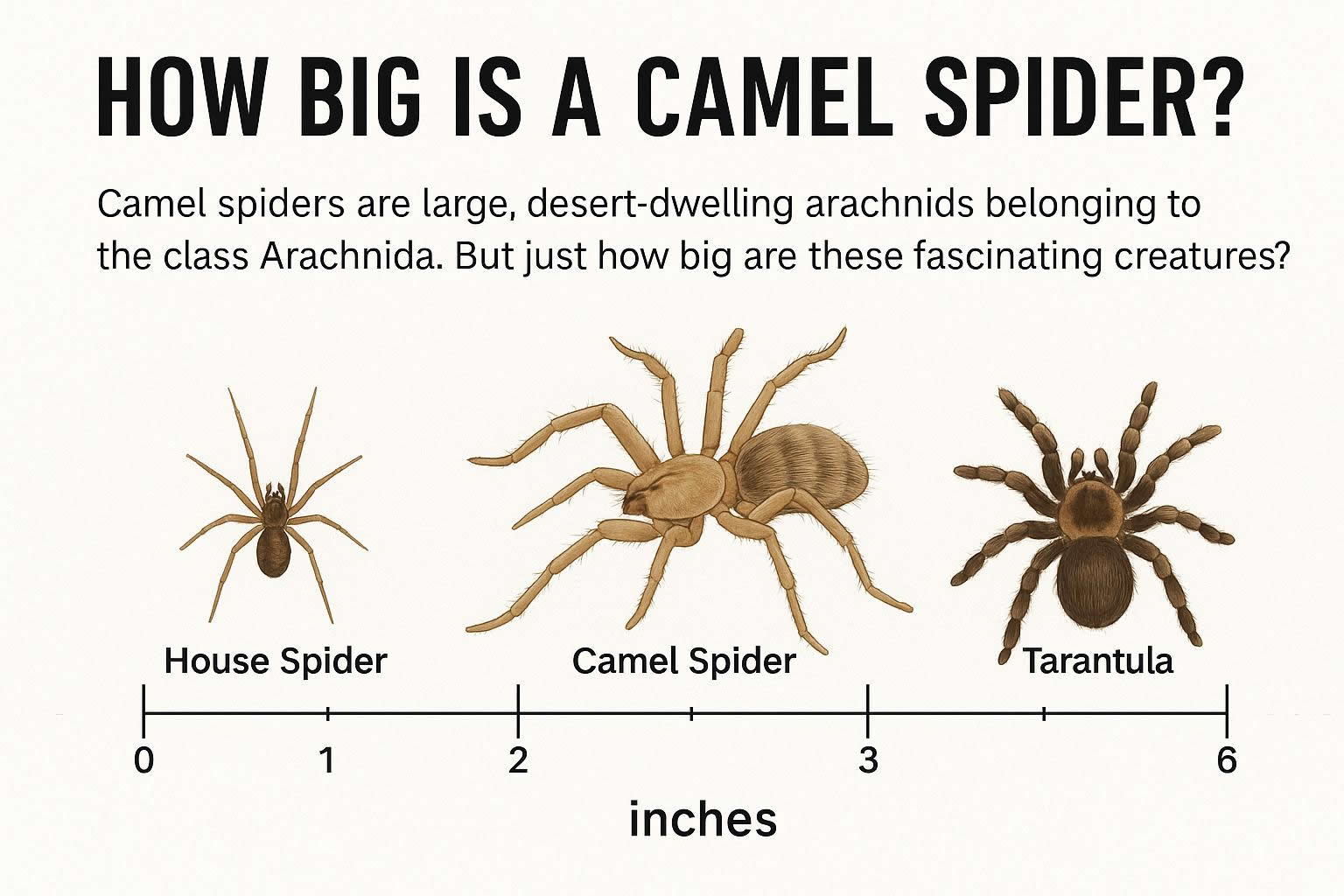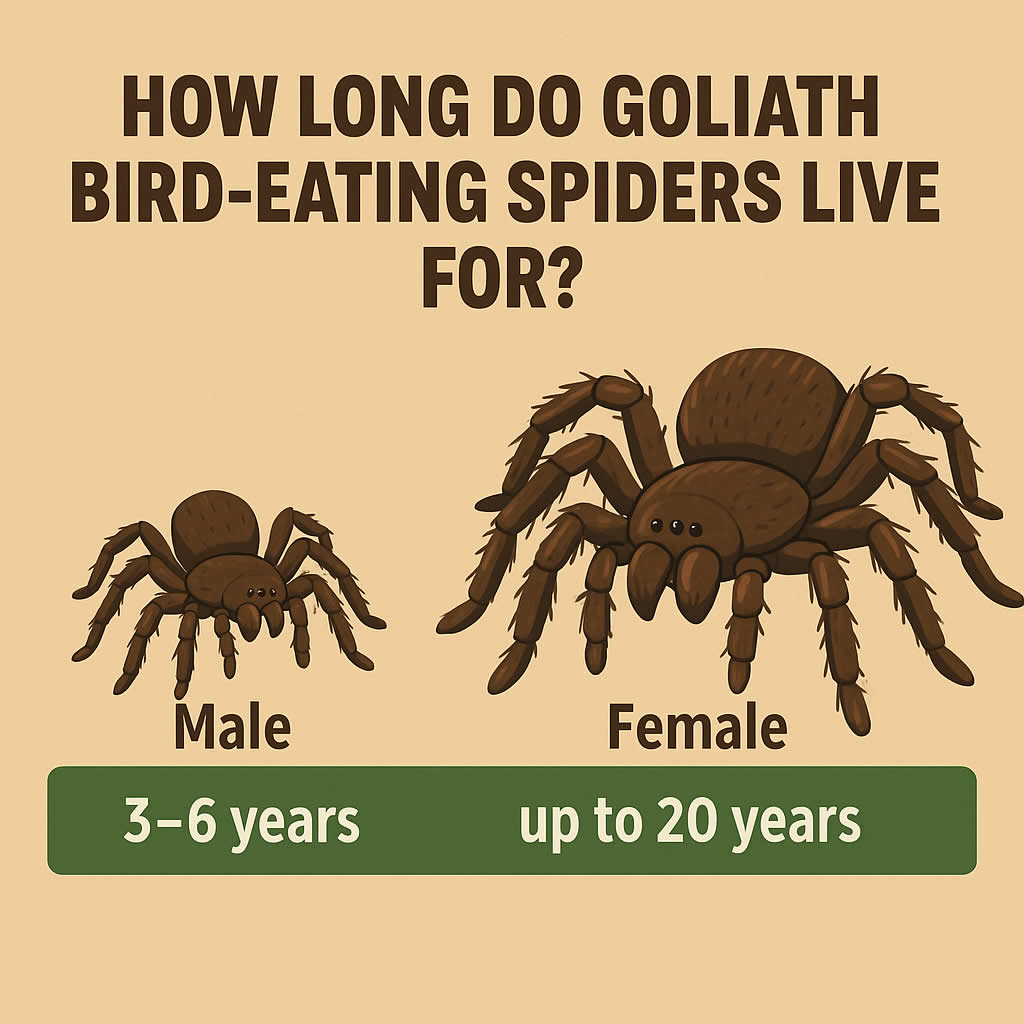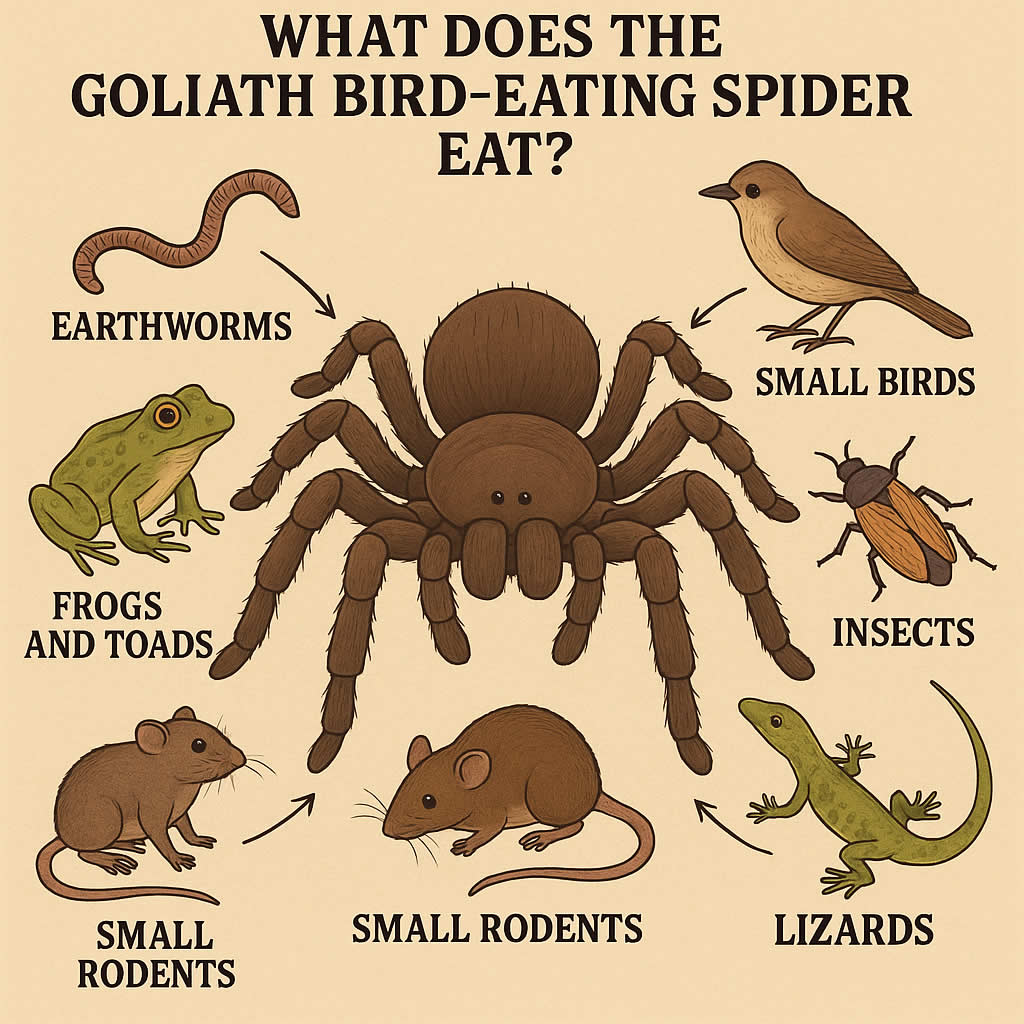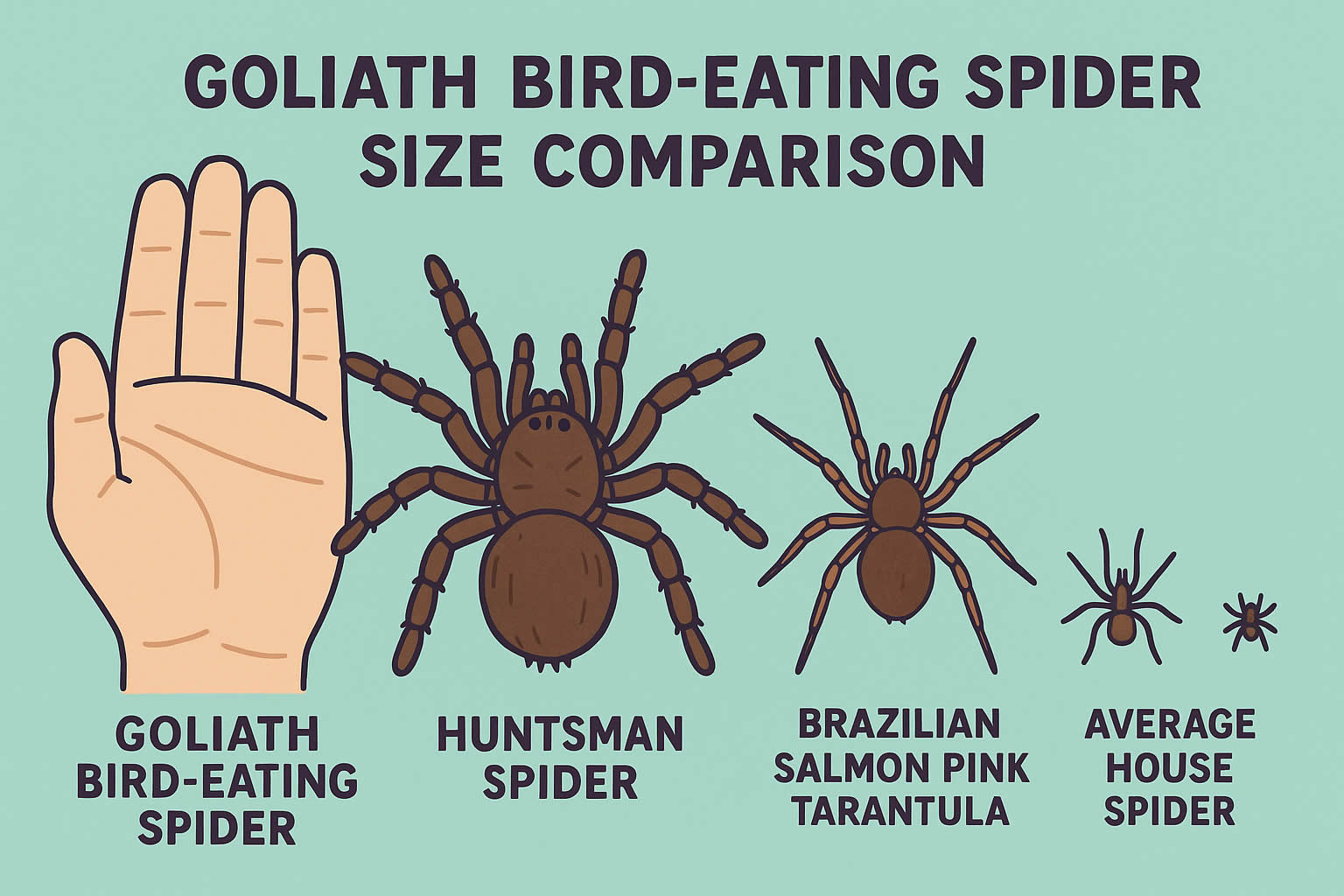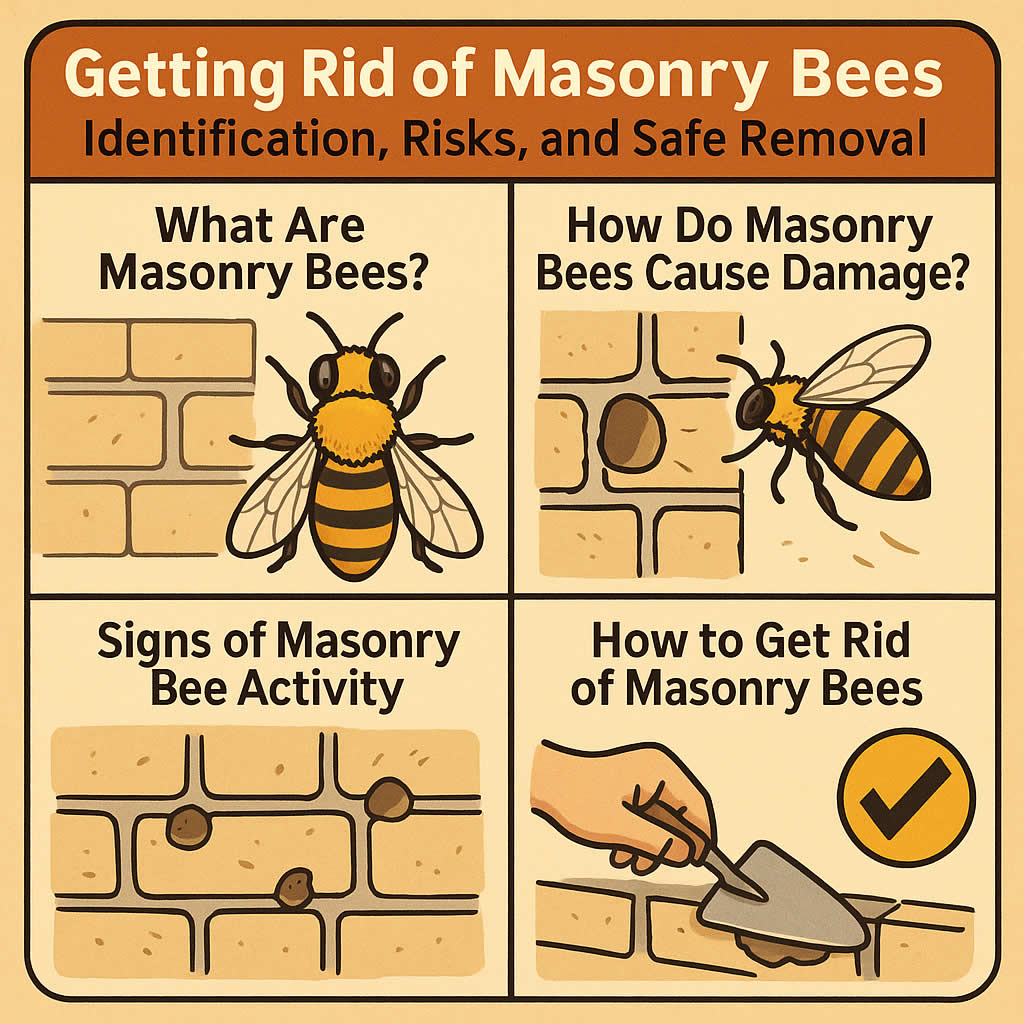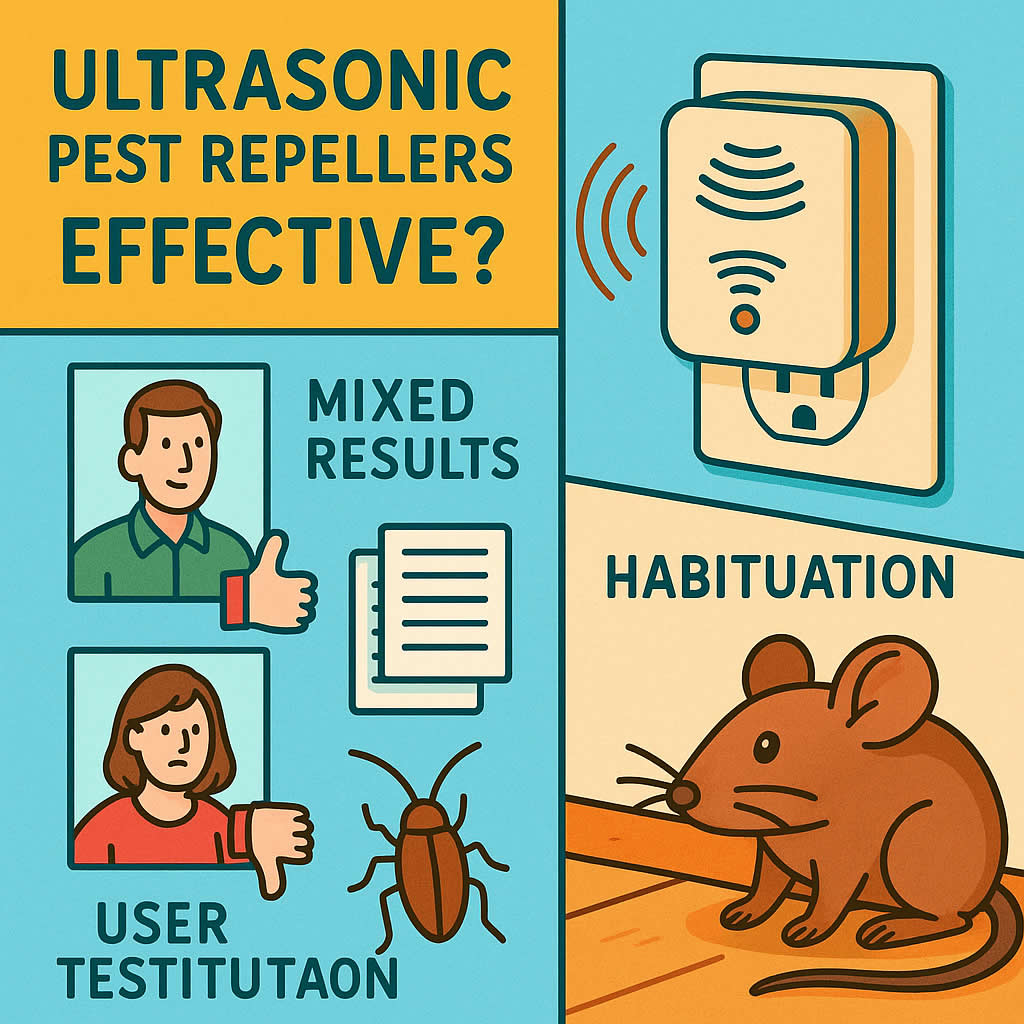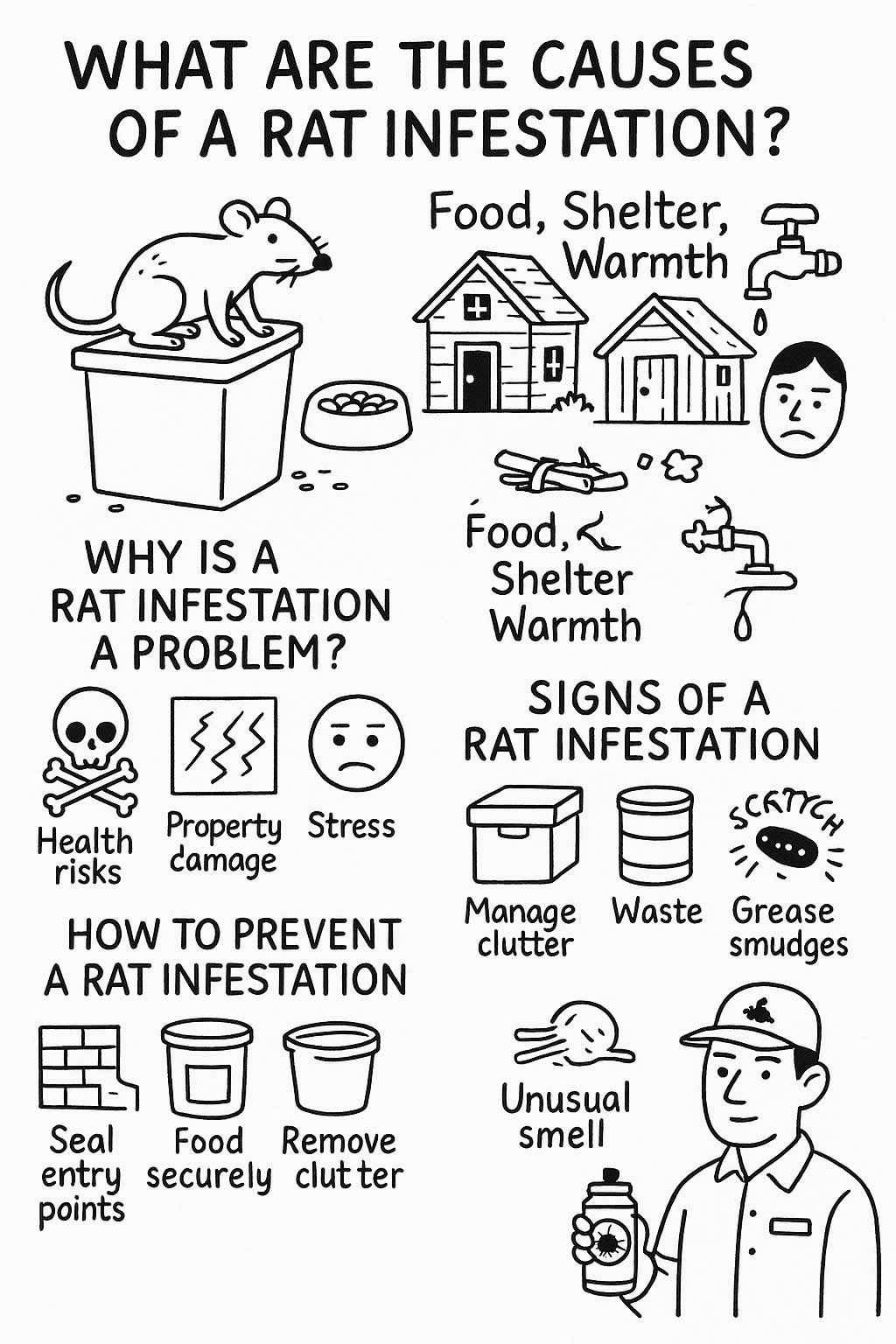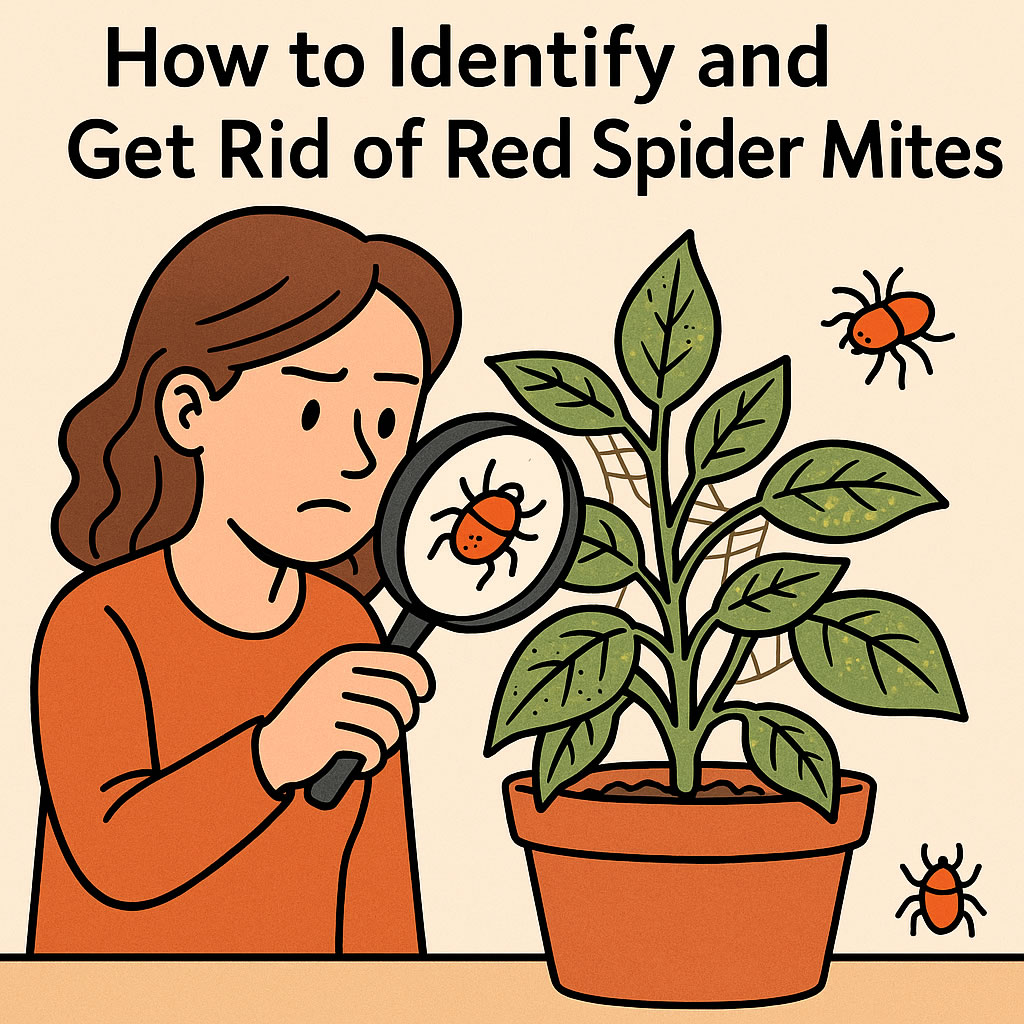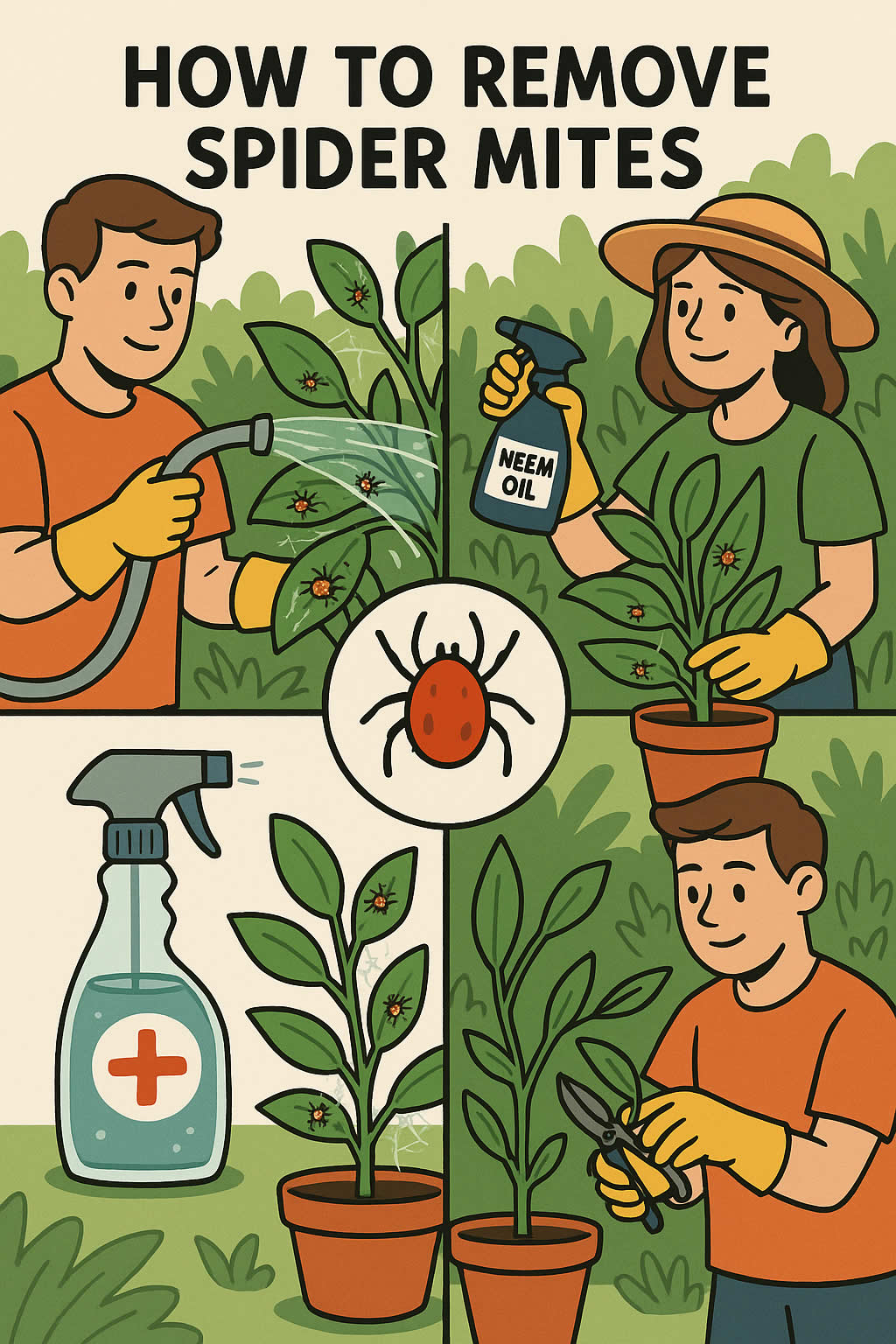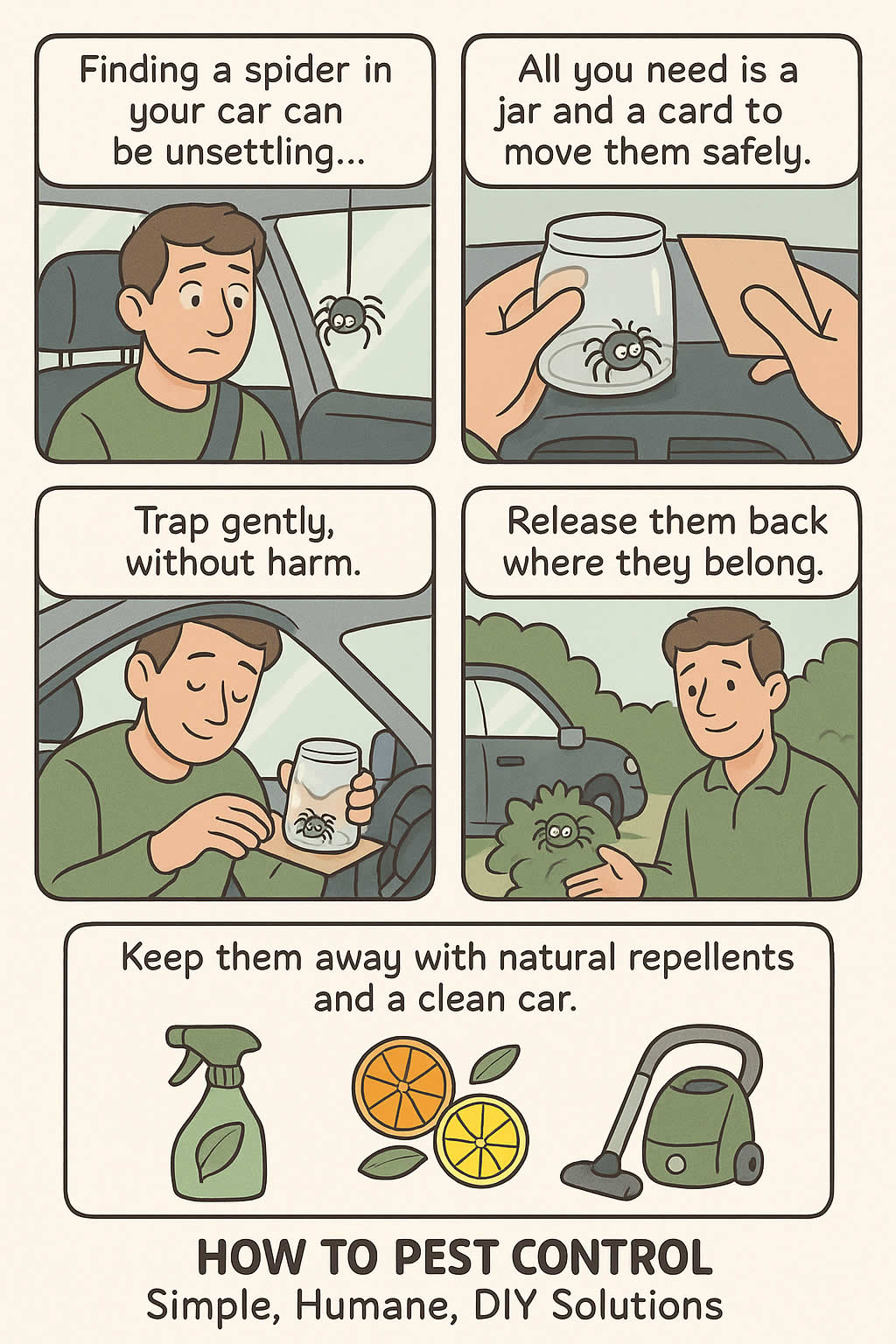Related Queries
ToggleYou’ve just deep cleaned your spare room. You haven’t stayed in it for months, and no guests have either. So, the idea that bed bugs could still be hiding there might sound a bit far-fetched—until you learn they don’t need regular feeding to stay alive.
A lot of people assume that if a room sits empty, bed bugs will just die off. You might even think you can starve them out by staying elsewhere for a while. But the truth is, bed bug resilience is one of the main reasons they’re so hard to get rid of.
In this post, you’ll get a clear look at how long bed bugs can really survive without a blood meal. You’ll also learn what affects their survival, why it matters for your home or property, and what you can do to stop an infestation from lingering longer than you think.
Survival Time Depends on Life Stage
Not all bed bugs are built the same, especially when it comes to how long they can live without feeding. Age and development play a big role in how much time they’ve got on the clock once their food source—you—disappears.
Nymphs: Young, Hungry, and Vulnerable
Bed bug nymphs (that’s what we call the young ones) go through five stages before becoming full-grown adults. And they need a blood meal at each stage to moult and develop.
Without feeding, a nymph won’t grow. They can survive anywhere from a few days to a few weeks, depending on their age and the temperature around them. But they’re more fragile than adults. If conditions aren’t just right, they’ll struggle to last even a couple of weeks.
Adults: Built to Wait
Adult bed bugs are much tougher. Once mature, they can slow their metabolism right down if there’s no food nearby. At room temperature—say around 21°C—they can live up to 4–6 months without feeding. In cooler conditions, some have been known to survive over a year.
That’s not just lab talk either. While studies in controlled settings have seen bed bugs live up to 400 days without food, even in real homes, they can go unnoticed for months at a time—especially in unused rooms or vacant properties.
Real-World vs Lab Conditions
In practice, survival times vary. A bug in an undisturbed drawer might survive much longer than one stuck in a mattress exposed to sunlight. So while the numbers from studies sound shocking, they’re not far off from what could happen in your own space.
If you’ve just moved out of a place and think the bugs will disappear on their own, there’s a real risk they’ll still be there months later, waiting to feed the moment someone comes back.
How Environment Influences Survival
Even though bed bugs are resilient, they’re still affected by their surroundings. Things like temperature, humidity, and available hiding places can all change how long they can survive without feeding.
Temperature: The Bigger the Chill, the Longer They Wait
Bed bugs are cold-blooded, so their metabolic rate depends entirely on the temperature around them. In warmer conditions—above 25°C—they burn through their energy faster and won’t last as long without feeding.
But when temperatures drop to cooler levels (below 15°C), their metabolism slows down. That lets them conserve energy and stretch out their survival period. This is why you might find live bed bugs in cold, unused rooms even after several months.
Humidity and Shelter
While bed bugs don’t drink water the way we do, humidity does affect how they hold onto moisture. In drier conditions, they dehydrate faster. But in a humid space with tight hiding spots—like cracks in furniture or behind skirting boards—they can stay tucked away and protected for longer.
The more cracks, fabrics, or clutter they’ve got around them, the easier it is for them to find ideal survival spots and avoid detection.
Seasonal and Indoor Conditions
It’s not just the temperature outside that matters—it’s what’s happening inside your home. Central heating during winter or fans in summer can change the environment enough to either shorten or lengthen their starvation period.
This matters most when you’re trying to leave a room empty to “starve them out.” Unless you’re controlling the temperature, the bugs may just go dormant and wait you out.
Why It Matters for Prevention and Pest Control
If bed bugs died off after a few days without feeding, they’d be a much smaller problem. But because they can stick around—sometimes for months or longer—understanding their endurance is key to preventing repeat infestations.
Empty Rooms Aren’t Always Empty of Bugs
Let’s say you’ve got a guest bedroom no one’s used in a while. Or maybe you’ve gone on holiday for a few weeks. Even if no one has been sleeping in the bed, bed bugs might still be alive in there.
They’re not just in the mattress. They’ll hide in electrical outlets, floorboards, curtains, baseboards—you name it. And the moment someone stays the night, they’ll come crawling back out in search of a meal.
You Can’t Count on Time Alone
Leaving a room untouched won’t guarantee the infestation goes away. If a flat’s been vacant for a few months, don’t assume the bugs are gone. If they were adults when the last person left, there’s a good chance they’re still alive.
That’s especially important if you’re a landlord, moving into a new place, or trying to sell a property. Just because it’s been empty doesn’t mean it’s pest-free.
High Risk Situations
This matters most in shared accommodation, Airbnbs, hotels, and second-hand furniture. Bed bugs in furniture or behind headboards can survive transport, storage, or long gaps between guests. Travellers, renters, and buyers all need to be alert—not just to what they see, but to what might still be hiding unseen.
What You Should Do: Practical Advice
Knowing how long bed bugs can survive without feeding is only half the battle. What you do with that knowledge is what really counts. Here’s what you should be doing right now if you want to stay ahead of them.
Don’t Wait—Inspect and Monitor
If you think you’ve had bed bugs, don’t leave it to time. Check your bedding, mattress seams, headboards, and baseboards for dark specks, shed skins, or tiny bugs. Use interceptor traps under bed legs to catch any coming out of hiding.
Passive monitors placed near beds and furniture can also alert you to any lingering activity.
Clean, Seal, and Declutter
Vacuum thoroughly—mattresses, floors, behind furniture. Empty your vacuum outside when you’re done. Wash all bedding at 60°C or higher, and if you’re unsure about items like curtains or cushions, bag them up and quarantine them for a few months in sealed containers.
Seal cracks in walls or flooring, especially around sleeping areas. Reducing hiding spots helps limit how long they can stay protected.
Use Professional Help When Needed
Heat treatments are one of the only guaranteed ways to kill all life stages, including eggs, in a single visit. DIY sprays might reduce numbers, but they rarely reach deep enough. If you’re unsure whether bed bugs are still present—or if you’ve spotted them again after a gap—it’s worth calling in a pest control expert.
Especially in vacant or rental properties, you want full clearance before bringing people back in.
Our Final Say!
So, how long can bed bugs survive without feeding? Much longer than most people think. Adults can wait out starvation for months, even up to a year, depending on the conditions. Nymphs don’t last as long, but they’re still a stubborn part of the infestation.
This means you can’t just rely on time or absence to clear them out. Empty rooms aren’t a cure. And ignoring the problem gives bed bugs time to wait, hide, and come back even stronger.
But the good news? You’ve got the knowledge now. You know they’re persistent, but not invincible. With smart inspection, consistent cleaning, and the right professional support when needed, you can take control of the situation and stop them for good.
If you’ve had a scare or suspect you’ve brought them home—don’t panic. Just act fast, stay informed, and give them no reason to stick around.
Pest Control Bedfordshire – Pest Control Bourne End Bletsoe – Pest Control Tempsford
